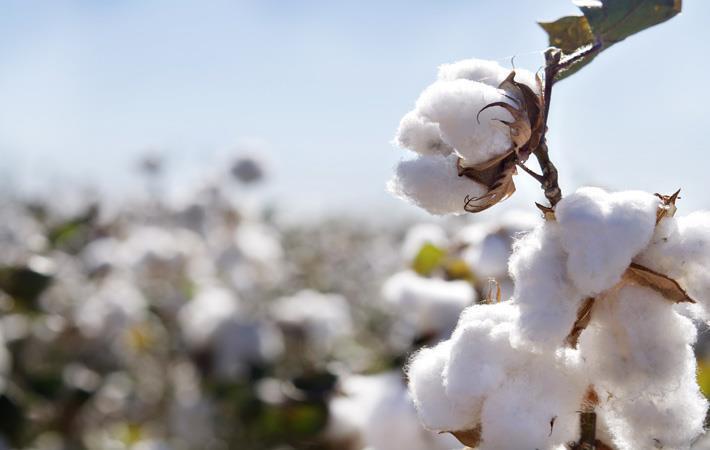India's cotton acreage in 2020-21 (Jul-Jun) is seen at 12.4 million hectares (mha), down by a modest 2 per cent year on year, an average of estimates by 10 prominent players in the cotton value chain polled by Cogencis showed. According to government data, cotton area in 2019-20 was 12.8 mha, while the Cotton Advisory Board had pegged the acreage at 12.6 mha.
Most respondents in the Cogencies poll said a recent sharp fall in prices may hit cotton acreage in the upcoming season. Adequate stock in the market may also discourage farmers from sowing cotton as the lockdown imposed to curb the spread of COVID-19 has severely hit the textile industry, and in turn, weighed on demand for the fibre, the company said in a press release.India's cotton acreage in 2020-21 (Jul-Jun) is seen at 12.4 million hectares (mha), down by a modest 2 per cent year on year, an average of estimates by 10 prominent players in the cotton value chain polled by Cogencis showed.According to government data, cotton area in 2019-20 was 12.8 mha, while the Cotton Advisory Board had pegged the acreage at 12.6 mha.#
"Acreage is projected to remain steady or slightly lower by a maximum of 5% because farmers have received good returns for bulk of their produce and any setback that they may face will be limited to the stocks of raw cotton they are presently carrying as they may face difficulty in selling these remaining stocks" said Unupom Kausik, the president of National Collateral Management Services Ltd.
Industry experts projected cotton production in the current 2019-20 season at 36.0-37.0 million bales (1 bale = 170 kg), of which around 15-20 per cent of the stocks are available with the farmers.
"With over 15% unsold cotton stock and acute lack of demand, farmers are facing difficulties in disposing of the cotton...procurement agencies and private ginners have slowed down their purchases because of the huge price depreciation and extended lockdowns," said Manish Daga, managing director of Cotton Guru Group, which has a direct network of over 100,000 farmers.
Futures contracts of cotton on the Multi Commodity Exchange of India had hit a low of 14,800 rupees per bale at the beginning of May, the lowest since July 2015. Currently, the most-active May contract is at ₹15,710, up 0.3 per cent from the previous day.
Some industry experts also see a slight shift from cotton, especially in Maharashtra and Gujarat, because of the lower prices. Farmers in Maharashtra may shift to shorter duration crops like soybean and pulses, while in Gujarat, they may divert some cotton area to groundnut, which offers better returns. However, the shift may not be very significant, they added.
Acreage in Telangana, which is among the major producers, is expected to be similar to last year or slightly lower. Gujarat is the top producer of cotton, followed by Maharashtra and Telangana. Gujarat and Maharashtra together account for around 50-55 per cent of the country's total production.
On other hand, some respondents saw the acreage rising despite the ongoing crisis. Forecast of normal monsoon, good support price and problem of labour shortage may encourage farmers to sow more area under the fibre.
"The minimum support prices for cotton is attractive, and farmers are protected by the support prices. This may lead to slight increase in acreage," said K. Selvaraju, the secretary general at the Southern India Mills Association.
Vijay Waghmare, director of Nagpur-based Central Institute for Cotton Research, said shortage of labour, good support price and assured government procurement may also encourage farmers to increase some area under cotton.
"Due to labour problems, farmers may shift from paddy to cotton as it requires less labour during sowing. Cotton requires labour during pickings, which starts from November onwards. Hopefully, the labour problem gets resolved by that time," said Waghmare.
Sowing has already started in some north Indian states and farmers are seen shifting from paddy to other competing crops, mainly cotton, due to shortage of labour and also because of higher returns.
However, the increase in northern zone, would barely offset the decline expected in other parts of the country.
Typically, sowing starts in late April in irrigated areas of north India and in June, in the country's rain-fed regions. Around 70 per cent of India's cotton acreage is dependent on monsoon rains.
ALCHEMPro News Desk (DS)
